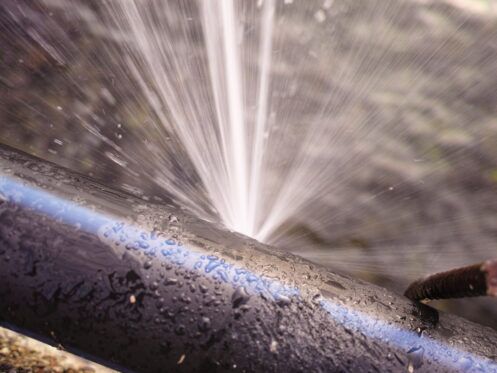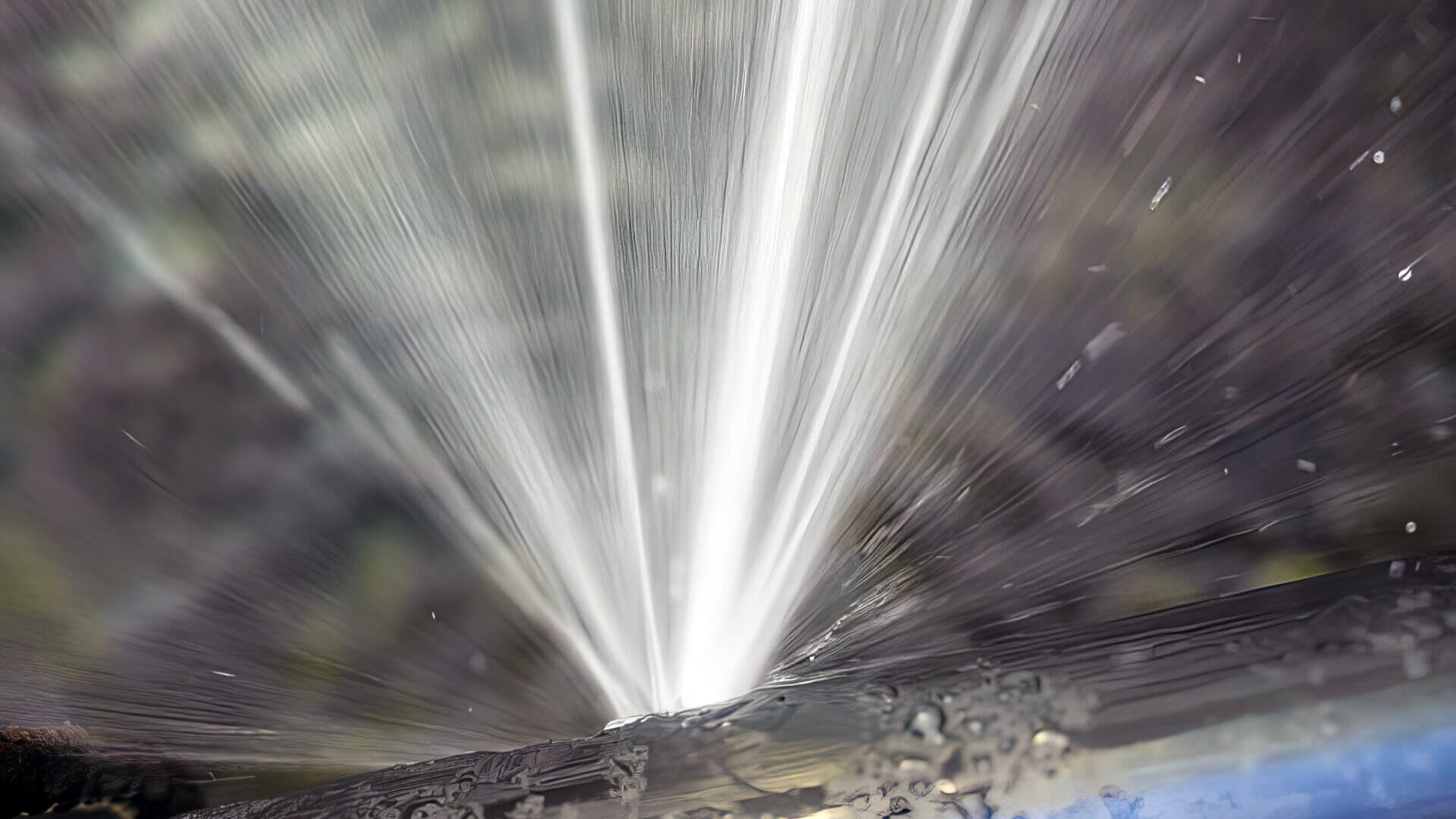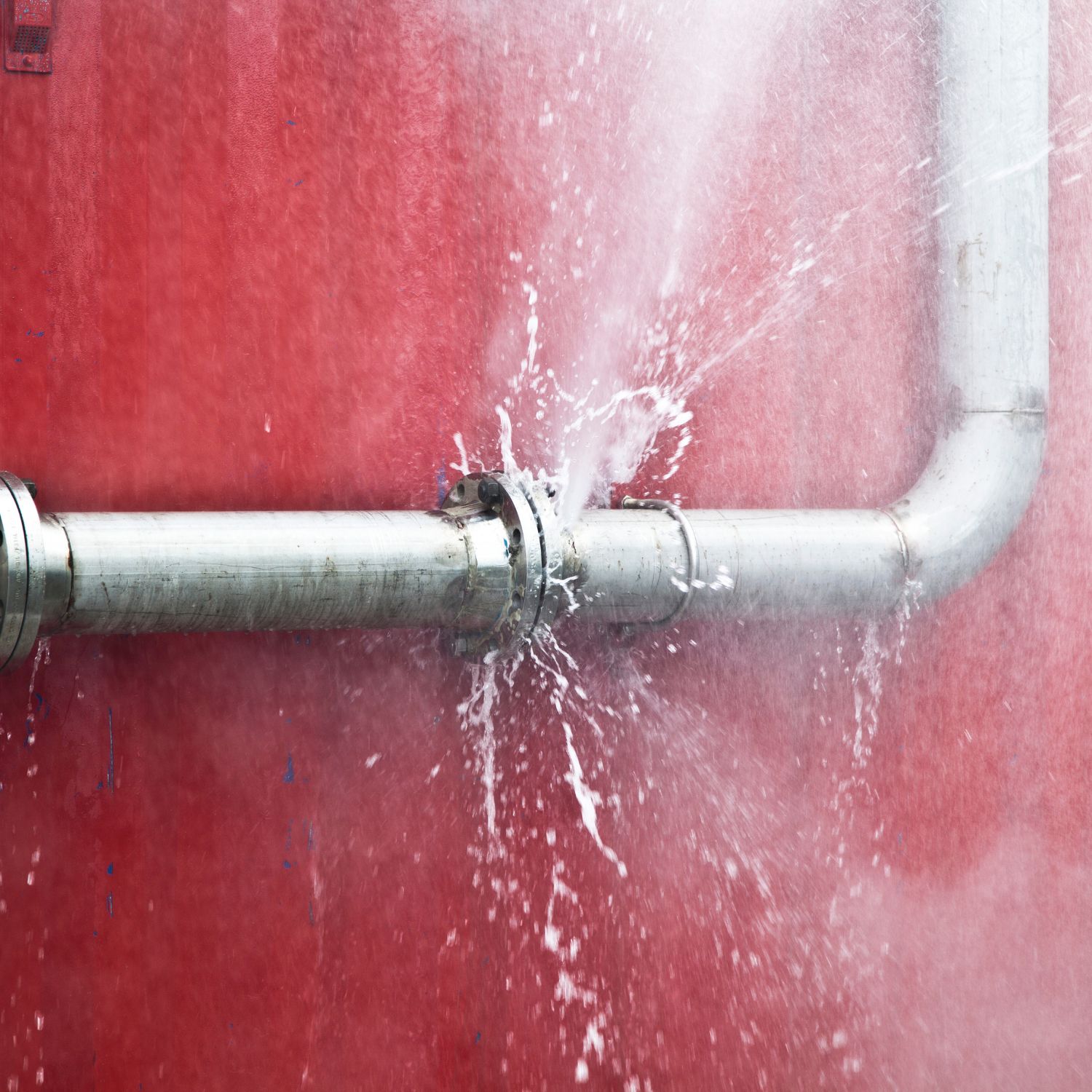What to Do When a Pipe Bursts: Immediate Steps for Homeowners
A pipeline ruptured can be a house owner's worst headache, resulting in significant damages if not dealt with promptly. The prompt feedback is important: first, find the source of the leakage and shut off the main water valve to avoid more flooding. Following this, draining pipes the pipes comes to be vital to reduce added problems. However, several house owners overlook the relevance of documenting the damages for insurance coverage claims, and the process does not end there. Understanding the thorough steps to take can have an extensive effect on healing and reconstruction efforts. What complies with following is critical for efficient resolution.

Evaluate the Scenario
Begin by identifying the source of the leak; this may involve examining the area around the burst pipe for visible signs of water escape. If the burst occurred in a concealed space, such as within a wall or under a floor, look for water stains or merging that might show the area.
Inspect for electric cables that might be exposed to water, as this presents a significant danger of electrocution. In addition, take note of any useful items or furniture that might be at threat of water damage.
Documenting the damages through photos can also be helpful, particularly for insurance coverage cases. Time is essential, as standing water can cause mold and mildew development and further structural damage. By thoroughly examining the scenario, you will certainly be better prepared to take the required steps to alleviate more concerns arising from the burst pipe.
Turn Off the Water
The instant concern after recognizing a ruptured pipeline is to shut down the water supply to stop additional flooding and damage. Find the major shut-off shutoff, commonly found near the water meter, in the cellar, or on an outside wall surface. Transforming this shutoff clockwise will certainly quit the flow of water throughout your home, alleviating the danger of substantial water damages.
If you are not able to discover the main shut-off valve or if it is malfunctioning, you may require to close off private valves connected to the affected pipeline, if easily accessible. Some homes also have secondary shutoffs for specific devices, such as cleaning machines or dishwashers.
It's a good idea to familiarize on your own with the location of these shutoffs before an emergency takes place, as this understanding can save valuable time throughout a crisis. In case the primary valve is stuck or hard to transform, do not force it; rather, think about looking for expert assistance.
As soon as the water system is turned off, take a minute to evaluate the scenario additionally while preparing for the following steps, making certain that your home is as protected as feasible from extra water breach.
Drain the Pipelines
After turning off the water, it is necessary to drain pipes the pipes to lessen any staying water that could cause additional damages. Begin by opening up all faucets in the home, beginning with the highest degree to the most affordable. This process motivates the water to drain completely, enabling gravity to assist in eliminating recurring water from the pipelines.

Beware when draining pipes warm water, as it can create burns. Allow the water to exit until the flow stops. Use towels or a wet vacuum to soak it up if you discover any type of staying water pooling. Appropriately draining pipes the pipelines is critical to stop further problems and helps safeguard your home from additional water damages throughout this demanding scenario.
Contact a Professional
Following a ruptured pipe, contacting a specialist plumbing professional is vital to make sure an extensive assessment and reliable repair services. Attempting to take care of the circumstance without professional aid can cause further damages and problems. A licensed plumbing professional possesses the proficiency and specialized devices required to recognize the source of the leak and address it successfully.
When selecting a plumbing professional, prioritize those with a solid credibility and pertinent experience in emergency plumbing solutions. Checking on the internet reviews, acquiring references, and verifying qualifications can aid you make an informed option. It is advisable to get in touch with numerous professionals to compare feedback times, estimated expenses, and solution offerings.
As soon as you have engaged a plumbing technician, provide them with as much information as feasible concerning the incident, including the location of the burst pipeline and the actions you have actually currently taken. This information will help them in identifying the concern promptly and accurately.
Document the Damage
When a plumbing technician has actually been spoken to and the immediate concerns dealt with, it is crucial to record the damages brought on by the ruptured pipeline. This step is vital for both insurance policy cases and possible fixings. Begin by taking clear pictures of the influenced locations, concentrating on noticeable damage to walls, flooring, and furnishings. Ensure that photos record various angles and ranges to supply a detailed view of the circumstance.
Following, put together a comprehensive list of harmed items, including their approximate worth and any type of relevant acquisition info. This inventory must include irreversible components, personal items, and any type of architectural damage observed. visit our website Consist of the estimated expense of repair work based on expert assessments or previous quotes for similar job. if possible.
Along with visual and written documents, keep documents of any communications with your plumber and insurance coverage service provider. This details will support your insurance claim and facilitate a smoother process for repair services. Be meticulous in your paperwork initiatives, as comprehensive records can dramatically impact your capability to obtain compensation and speed up repair efforts. By taking these steps, you will be better prepared to navigate the consequences of the event - burst pipe.

Verdict
Immediate evaluation of the situation, followed by closing off the major water supply, is vital. Draining pipes the pipes and documenting the damages makes certain appropriate handling of the event for insurance purposes.
The prompt concern after determining a burst pipeline is to shut off the water supply to prevent more flooding and damages. Turning this shutoff clockwise will certainly stop the circulation of water throughout your home, alleviating the risk of extensive water damages.
After shutting off the water supply, it is important to drain pipes the pipes to decrease any type of remaining water that can lead to extra damages. For homes with a hot water heater, you must also drain pipes the storage tank by attaching a pipe to the drain valve and directing the water into a suitable container or outside.
Properly draining pipes the pipelines is important to preventing go to this site additional complications find and assists safeguard your home from extra water damages during this demanding situation.
Comments on “What to Do When a Burst Pipe Causes Water Damage in Your Home”